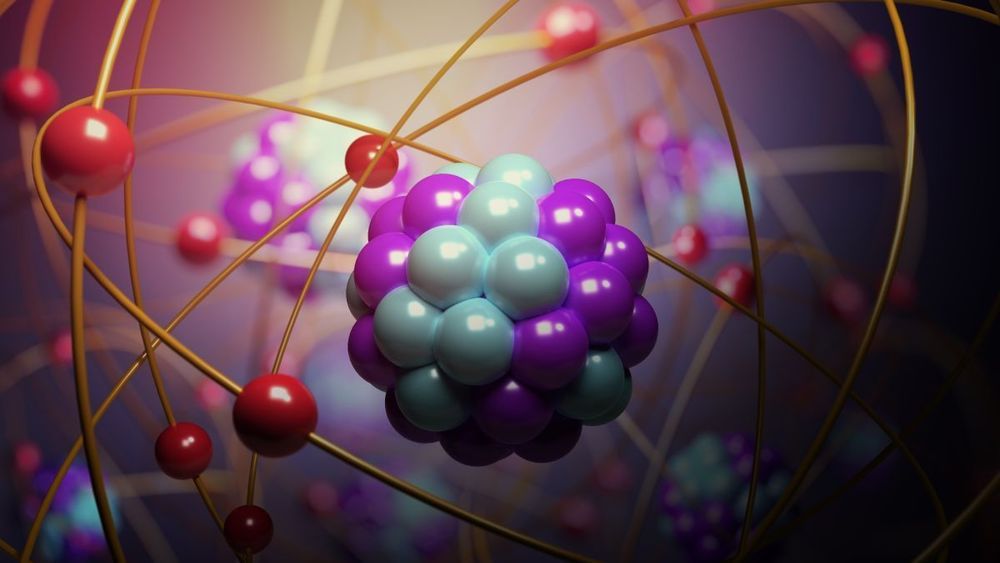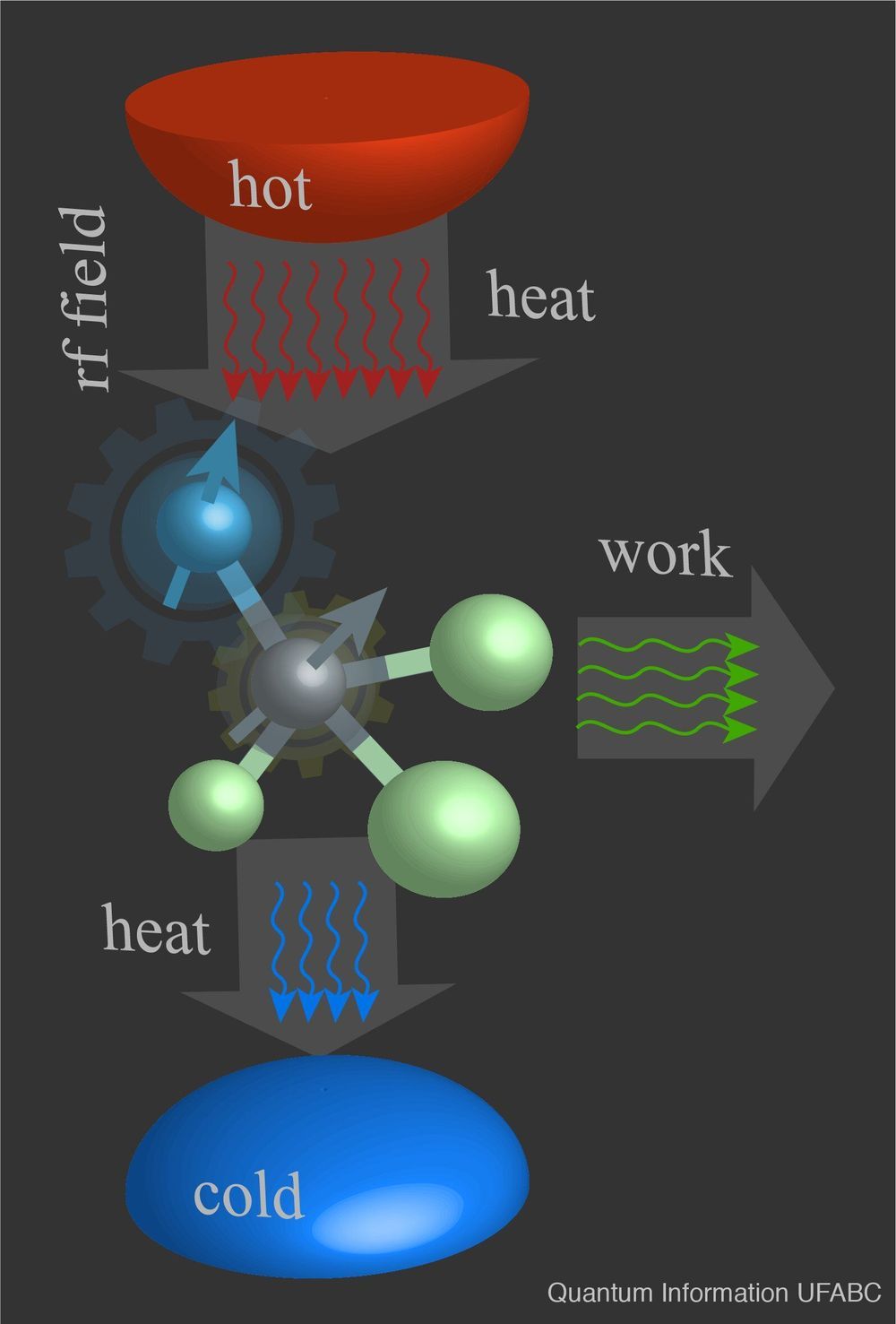During one of these phase transitions (which happened when the universe was less than a second old), the axions of string theory didn’t appear as particles. Instead, they looked like loops and lines — a network of lightweight, nearly invisible strings crisscrossing the cosmos.
This hypothetical axiverse, filled with a variety of lightweight axion strings, is predicted by no other theory of physics but string theory. So, if we determine that we live in an axiverse, it would be a major boon for string theory.
How can we search for these axion strings? Models predict that axion strings have very low mass, so light won’t bump into an axion and bend, or axions likely wouldn’t mingle with other particles. There could be millions of axion strings floating through the Milky Way right now, and we wouldn’t see them.







